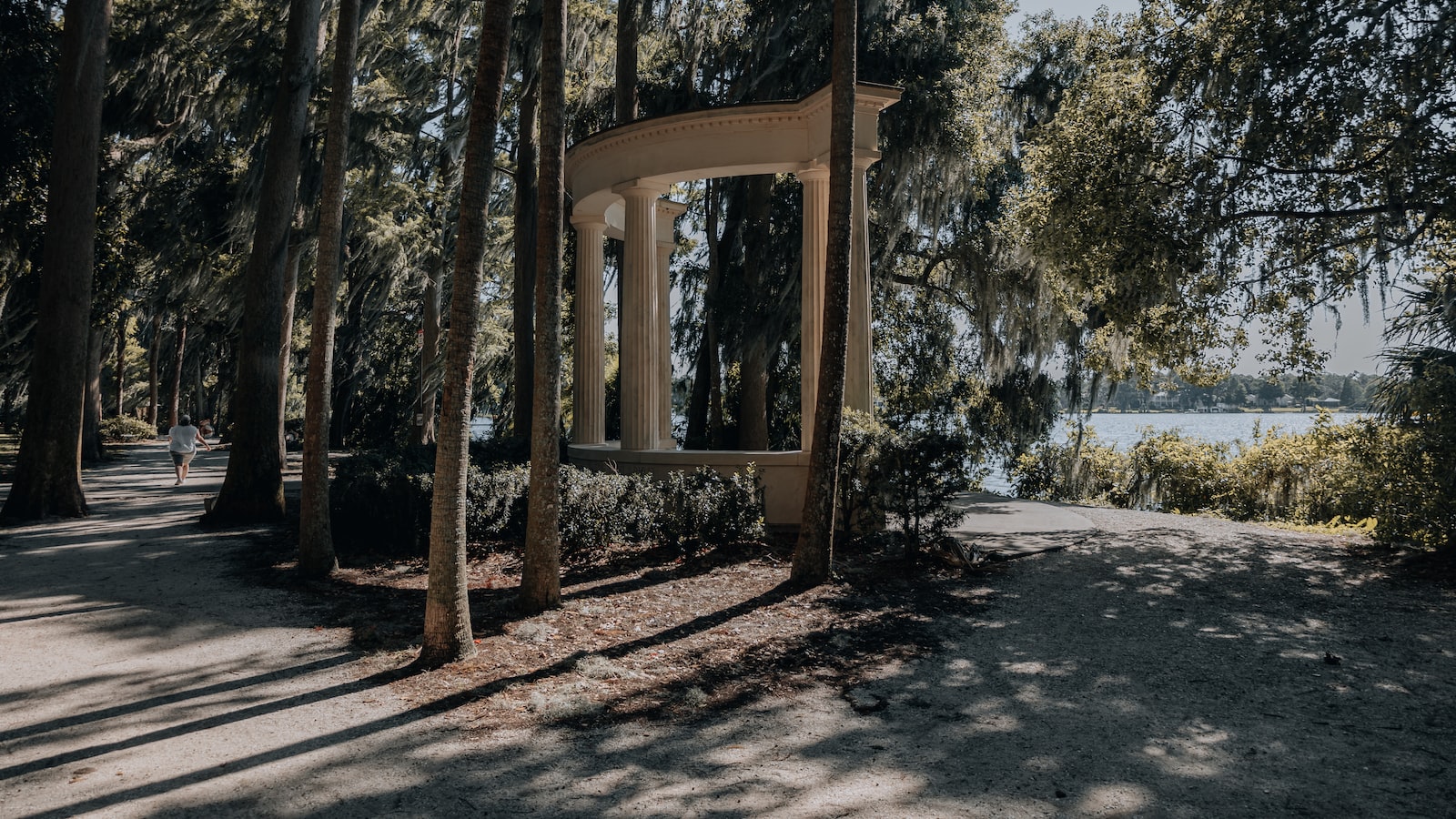Unveiling Nature’s Harmonious Carousel: The Art of Transplanting Azaleas
Preparing the Azaleas for Transplantation: Essential Steps and Considerations
<p>Transplanting azaleas can be a daunting task, but with the right preparation, your prized flowers can thrive in their new location. Whether you are moving them to a different spot in your garden or relocating them to a new home, follow these essential steps and considerations to ensure a successful transplant.</p>
<h3>1. Choose the Right Time:</h3>
<p>Timing is crucial when transplanting azaleas. The ideal window is during early spring or fall when the plants are in their dormant phase. This minimizes stress on the plants and allows them to establish their roots before periods of extreme heat or cold.</p>
<h3>2. Select a Suitable Location:</h3>
<p>Before transplantation, carefully assess potential areas for your azaleas. They thrive in well-draining soil with partial shade. Look for a spot that receives morning sun and afternoon shade to provide the perfect balance of light. Avoid areas with excessive wind exposure, as it can damage delicate azalea blooms.</p>
<h3>3. Digging and Preparing the Hole:</h3>
<p>When removing the azalea from its current location, dig a generous root ball around the plant to protect its delicate root system. Ensure the hole for transplanting is approximately twice as wide and just as deep as the diameter of the root ball. It's essential to loosen and enrich the soil with organic matter, like compost, to help the azaleas adapt smoothly to their new environment.</p>
<table>
<tr>
<th><strong>Features</strong></th>
<th><strong>Tips</strong></th>
</tr>
<tr>
<td>Azaleas require acidic soil</td>
<td>Test the soil pH and amend accordingly using products available at garden centers.</td>
</tr>
<tr>
<td>Avoid transplanting during extreme weather conditions</td>
<td>Wait until temperatures are moderate and soil moisture is adequate.</td>
</tr>
<tr>
<td>Water azaleas regularly</td>
<td>Ensure they receive adequate moisture, especially during the first year after transplanting.</td>
</tr>
</table>
<h3>4. Careful Transplantation:</h3>
<p>When handling the azalea during transplantation, gently lift it by the root ball to avoid damage to the plant. Set the azalea into the prepared hole and ensure it is centered and upright. Fill the hole with soil, gently firming it around the roots to eliminate any air pockets.</p>
<h3>5. Post-Transplant Care:</h3>
<p>After transplanting, provide regular watering and mulch around the base of the plant to conserve moisture and suppress weed growth. Keep an eye out for any signs of stress or disease, and provide appropriate care to help your azaleas thrive in their new home.</p>
Choosing the Optimal Transplanting Location: Factors to Evaluate and Recommendations
When it comes to successfully transplanting azaleas, selecting the perfect location plays a crucial role in ensuring their healthy growth and blooming. Before delving into the process, let’s explore the factors you must evaluate to make an informed decision. Firstly, consider the level of sunlight needed for azaleas as it greatly impacts their flowering potential. Ideally, they thrive in partial shade, so a location with dappled sunlight or morning sun and afternoon shade will provide the ideal conditions. Observe the area throughout the day to identify its sun exposure pattern. Furthermore, moisture is essential for azaleas, so selecting a spot with good irrigation or natural drainage is vital.
Secondly, soil conditions significantly influence azaleas’ ability to extract nutrients for growth. They prefer well-drained, acidic soil with a pH level between 4.5 and 6.0. Ensure the soil is rich in organic matter, allowing water retention without becoming waterlogged. Conduct a soil test using a kit available at most gardening stores to assess pH levels and nutrient content. This will help you determine if amendments are required before planting. Lastly, consider the proximity of the transplanting location to other trees or shrubs. Azaleas benefit from companionship with plants that share similar environmental preferences, promoting overall health and creating a visually appealing landscape.
| Features or Tips | |
|---|---|
| Partial shade | Provide dappled sunlight or morning sun and afternoon shade. |
| Moisture | Select a location with good irrigation or natural drainage. |
| Soil conditions | Ensure well-drained, acidic soil rich in organic matter. |

Executing the Azalea Transplantation: Best Techniques and Expert Advice
In the fascinating realm of gardening, the art of transplanting azaleas holds a special allure. As delicate and majestic as these vibrant blooms may be, their relocation can be a daunting task. Fear not, for we have gathered the best techniques and expert advice to guide you through the captivating journey of executing the azalea transplantation with finesse and grace.
To ensure the successful transplantation of your cherished azaleas, it is essential to follow these tried-and-true techniques and heed the wisdom of gardening experts. Prepare the soil in the new location by removing any weeds or debris that may impede the growth of your azaleas. Dig a hole that is both wide and deep enough to accommodate the entire root ball of the plant. Gently loosen the roots of the azalea before transferring it to the new hole, ensuring they have ample space to spread out and establish themselves in their new home. Once the azalea is placed in the hole, carefully backfill the soil and firmly press it down to eliminate any air pockets that may inhibit root growth.
When it comes to transplanting azaleas, expert advice can often make all the difference. Here are some tips and features to keep in mind throughout the process:
| Tips | Features |
| 1. Provide regular watering, especially during the first year after transplantation. | – Regular and consistent watering is key to promoting healthy growth. – Ensure the soil is well-draining to prevent waterlogging. |
| 2. Apply a layer of mulch around the base of the transplanted azalea to retain moisture. | – Organic mulch like wood chips or pine straw can help regulate soil temperature. – Mulch also acts as a natural weed suppressor. |
| 3. Prune your azaleas after flowering to promote bushier growth. | – Regular pruning will help maintain the desired shape and size of the plants. – Prune to remove dead or diseased branches for overall plant health. |
Remember, the transplantation of azaleas is not merely an act of relocation; it is a labor of love that requires patience and precision. With these best techniques and expert advice, your azaleas are bound to thrive in their new environment, adding a touch of ethereal beauty to your garden for years to come.

